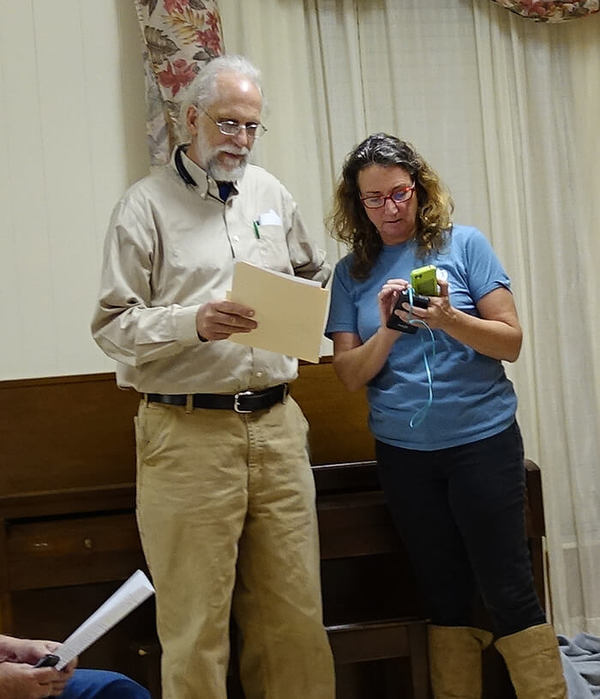Last night Bill Gates again pretended to be an expert on farming, while avoiding mention of water, soil, ecology, environment, or community. Many of the assertions he made about farming in the U.S. and Africa don’t match documented research.
He did seem to be familiar with my criticisms of his policies, and by his expressions he doesn’t like them much.
![[Question and three Gates expressions]](https://www.wwals.net/pictures/2022-09-13--msnbc-gates/many.jpg)
Question and three Gates expressions
He says “all these areas, they evolve, they understand how to say use less fertilizer, which is both good economically and good environmentally.”
Well, his landholdings in Florida and Georgia did not evolve. And he’s now sold off many of them, so maybe they weren’t good economically for him.
Meanwhile, he has driven the size of farm landholdings up, Continue reading


![[Turbidity Criteria]](https://www.wwals.net/pictures/2019-11-22--wkfl-triennial-review-comments/WKFL-Final-Triennial-Review-Comments-0001.jpg)
![[Looking out to the Suwannee River]](https://www.wwals.net/pictures/2019-11-13--pothole-spring-srwmd/image0.jpg)
![[WWALS #RiversAlive Alapaha River]](https://www.wwals.net/pictures/gretchen/2019-10-12--wwals-lakeland/banner-river.jpg)

